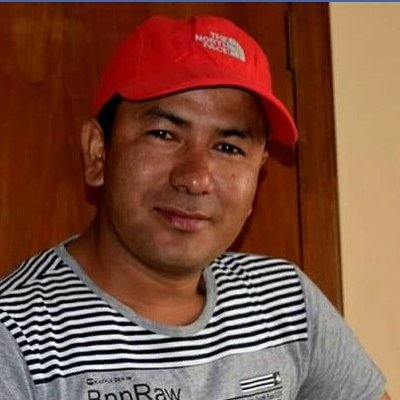Money
Saipal collects Rs2m in fees from yarsa pickers
Saipal Rural Municipality in Bajhang district has collected Rs 2 million in revenue by issuing permits to yarsagumba pickers. Around 4,500 people have assembled on the slopes of Mt Saipal in western Nepal to collect the fungus which is prized as an aphrodisiac.
Basant Pratap Singh
Saipal Rural Municipality in Bajhang district has collected Rs 2 million in revenue by issuing permits to yarsagumba pickers. Around 4,500 people have assembled on the slopes of Mt Saipal in western Nepal to collect the fungus which is prized as an aphrodisiac.
The herb is the world’s most expensive medicinal fungus. It can fetch as much as $100 per gram on the Chinese market, making it more expensive than gold, according to reports. Dubbed Himalayan Viagra, the herb is also used to cure anemia, chest and lung infections, tuberculosis, Hepatitis B and kidney and liver diseases.
The picking season lasts from mid-may to June-end. This year, Saipal Rural Municipality mobilized 25 volunteers from five wards to collect permit fees. The volunteers were deployed in yarsa picking areas. Last August, the village council charged Rs300 from each local picker, Rs500 each from pickers in neighbouring villages, Rs1,000 each from pickers in the district and Rs2,000 each from pickers outside the district.
“We have collected the permit fee from almost all pickers,” said Narendra Dhami, one of the volunteers. In the past, the concerned authorities have often been unable to collect entry fees from yarsa pickers. “Violent fights used to break out between yarsa collectors and local officials regarding the issue of permit fees,” said Rajendra Dhami, chairman of Saipal Rural Municipality.
“This season, the rural municipality has collected permit fees in a more managed way.” According to him, the volunteers were trained before being sent out to collect the permit fee. “We assured local yarsa pickers that the fees raised from them would be spent on infrastructure development in the villages, so there was no controversy this season.”
Kulbhan Bohara, a local yarsa collector, said that the mobilization of volunteers had made it easy and comfortable for them to pick the herb this season. “There used to be quarrels in the past, and in some cases, people have even lost their lives. This season, no untoward incidents have happened so far.” Schools are normally closed during the yarsa harvest season, and villages in the western and far western mountain regions become empty as their inhabitants migrate to the highlands to join the key seasonal income generating activity.
A yarsa collector earns about Rs103,000 per year by selling the herb, which is a lot more money than what they would make from other economic activities, according to a Nepal Rastra Bank (NRB) study. A family earns about Rs277,000 annually, which amounts to 56 percent of its total yearly income.
According to the report, the herb fetched $100,000 (Rs10.7 million) per kg in China and $130,000 (Rs13.92 million) per kg in Singapore. The largest market is China, while the herb is also sold in Singapore, Malaysia, South Korea, Thailand, Japan, the UK and the US, according to NRB. Unlike last year, students in Jajarkot have not been bunking classes to collect yarsa in Dolpa. This year, only around 10 percent of the students were absent from school.




 17.12°C Kathmandu
17.12°C Kathmandu













%20(1).jpg&w=300&height=200)
